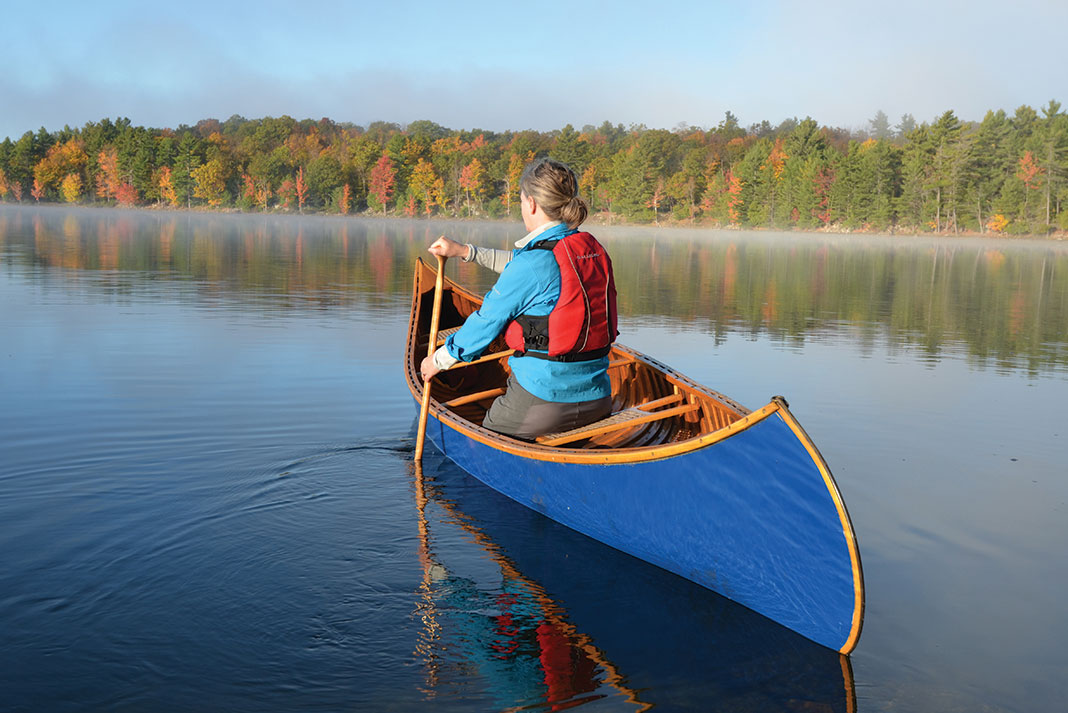"The Indian Stroke, also called a Rolling J and Silent Stroke, is ancient. It’s ideal for traveling quietly, without splashing and the sound of droplets falling from the blade. This is the stealth version of a J-stroke. It’s great when there is wildlife nearby that you don’t want to disturb, and also for traveling quietly in a relaxed and unhurried manner."

 paddlingmag.com
paddlingmag.com

Learn Becky Mason’s Stealthiest Canoe Stroke
Many years ago a Cree man came south from Hudson Bay to take a course with me. He was not an experienced paddler and I taught him many strokes. There was
